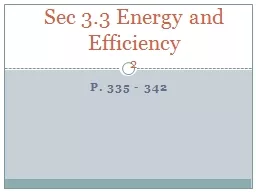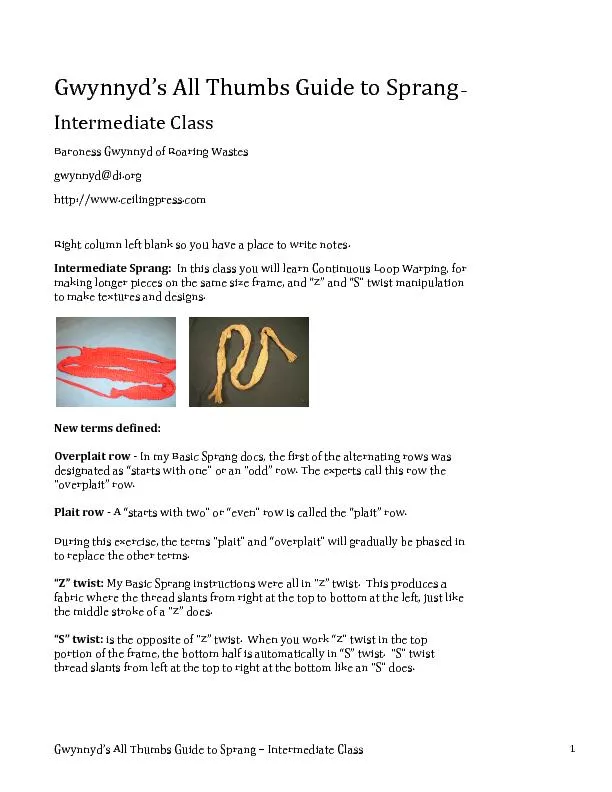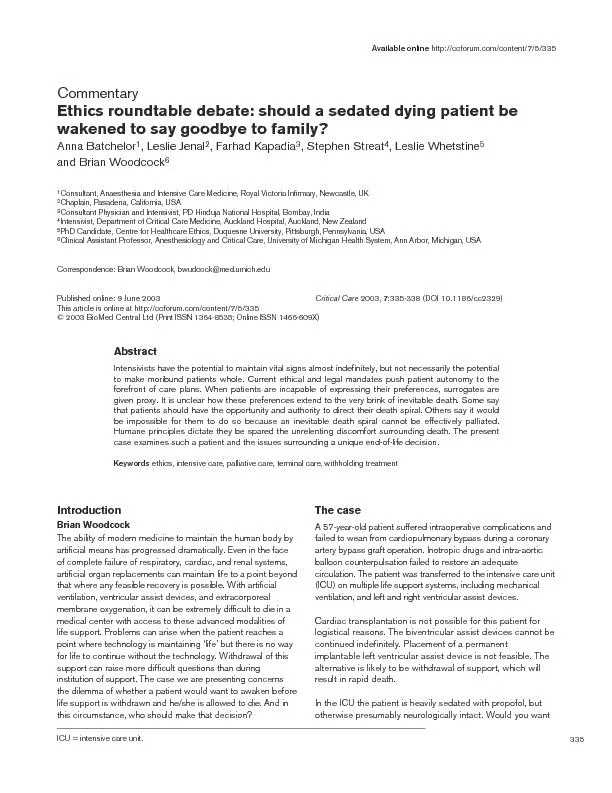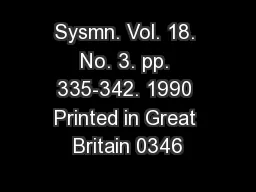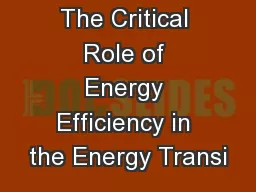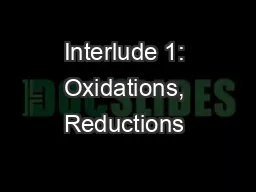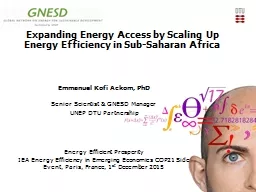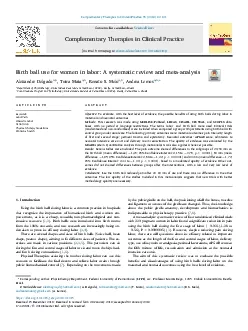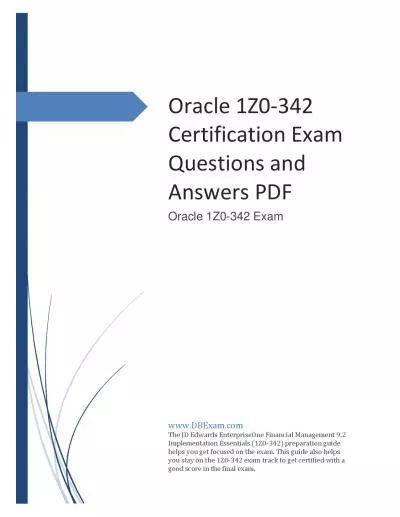PPT-P. 335 - 342 Sec 3.3 Energy and Efficiency
Author : lois-ondreau | Published Date : 2018-02-27
2 Law of Conservation Energy cannot be created or destroyed It does not appear or disappear can only be converted from one form to another However we usually
Presentation Embed Code
Download Presentation
Download Presentation The PPT/PDF document "P. 335 - 342 Sec 3.3 Energy and Efficien..." is the property of its rightful owner. Permission is granted to download and print the materials on this website for personal, non-commercial use only, and to display it on your personal computer provided you do not modify the materials and that you retain all copyright notices contained in the materials. By downloading content from our website, you accept the terms of this agreement.
P. 335 - 342 Sec 3.3 Energy and Efficiency: Transcript
Download Rules Of Document
"P. 335 - 342 Sec 3.3 Energy and Efficiency"The content belongs to its owner. You may download and print it for personal use, without modification, and keep all copyright notices. By downloading, you agree to these terms.
Related Documents

